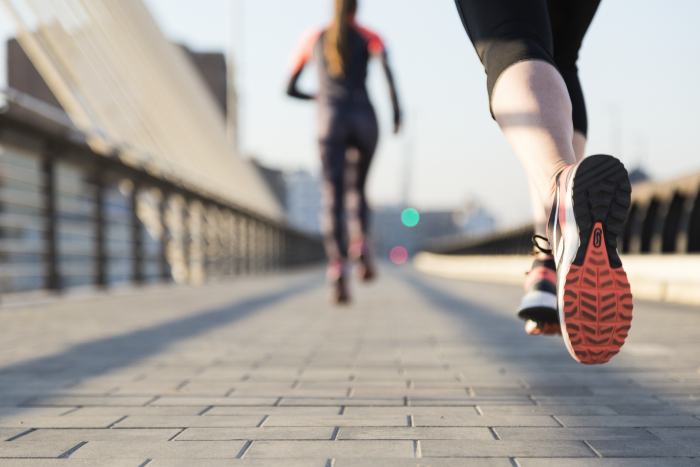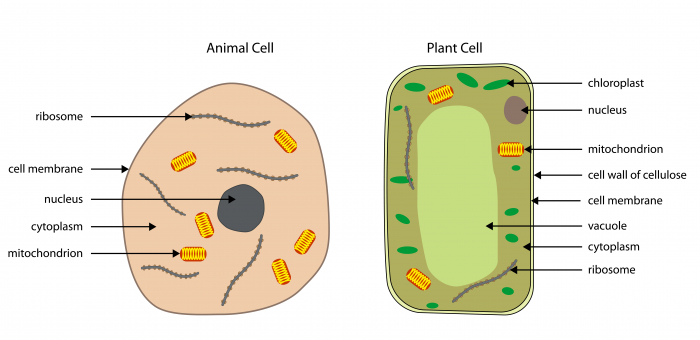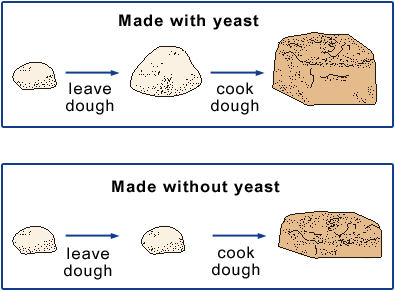Did you know that Usain Bolt is currently the fastest sprinter in the world? He ran 100 metres in a record 9.58 seconds!

In order to do this, Usain Bolt’s muscles need to respire super quick. He needs all that energy to sprint so fast. But his body can’t keep up with these demands - it can’t respire fast enough. This is where anaerobic respiration steps in.

Anaerobic respiration is where glucose breaks down but without oxygen. Energy or ATP is released, but not as much as in aerobic respiration. Lactic acid is produced instead of carbon dioxide and water. Stores of glycogen in the muscles and liver are broken down to release more glucose, eventually causing muscles to become tired. Lactic acid can cause painful cramps - something we feel in our muscles that stops us from carrying on. To get rid of the lactic acid, the person must breathe in deeply in order to get a good supply of oxygen. You have to keep breathing hard for a while after you stop exercising to get oxygen into your muscles. This is used to convert the painful lactic acid which has built up, to harmless carbon dioxide and water. The amount of oxygen needed to do this is called the oxygen debt.
Anaerobic respiration can be represented by the word and symbol equation:
glucose → lactic acid
C6H12O6 → 2C3H6O3
The reactant in anaerobic respiration is glucose. The product is lactic acid. A small amount of energy is also released.
Anaerobic respiration occurs in the cytoplasm of the cell rather than the mitochondria, as in aerobic respiration.
Plants can also respire anaerobically. However, they don't produce lactic acid. Glucose is broken down into ethanol and carbon dioxide.

Uses of anaerobic respiration

Yeast is a fungus that can respire anaerobically. It has many uses - the most common use is in bread-making and alcohol brewing.Yeast will respire anaerobically if there is a source of glucose and no oxygen present. The yeast will release ethanol (the chemical name for alcohol) and carbon dioxide. In alcoholic drinks such as wine, the source of glucose is the fruit used - grapes for instance. In bread-making, the flour is often the source of glucose. The carbon dioxide released helps bread to rise, giving it its fluffy texture. This process is also known as fermentation.
glucose → ethanol + carbon dioxide
C6H12O6 → 2C2H5OH + 2CO2

Anaerobic vs Aerobic Respiration
The purpose of respiration is to release energy. Both types of respiration will release energy in differing amounts. Let's take a look at some of the other similarities and differences between aerobic and anaerobic respiration:
|
Anaerobic Respiration |
Aerobic Respiration |
|
|
Similarities |
Both require a glucose source Energy released
|
|
|
Differences |
A small amount of energy is released Oxygen not needed as a reactant Lactic acid released in mammalian cells Ethanol and carbon dioxide in yeast and plants
|
A larger amount of energy is released Oxygen is needed as a reactant Carbon dioxide and water are released as products |
In the following activity, you will compare anaerobic respiration with aerobic respiration.







